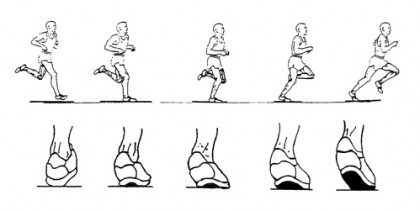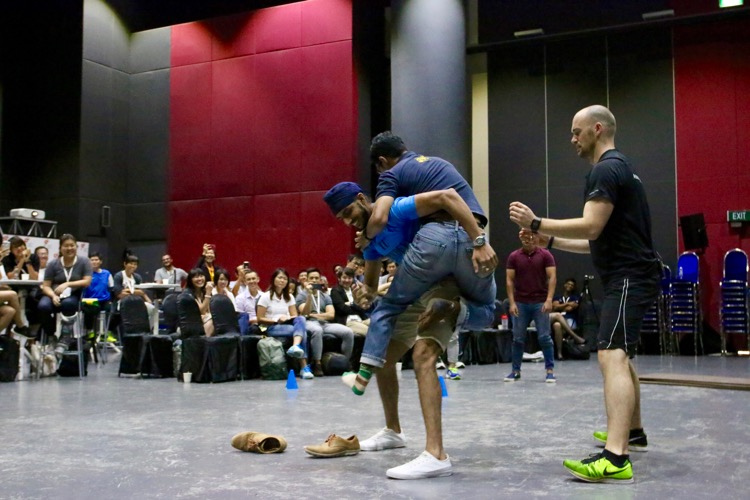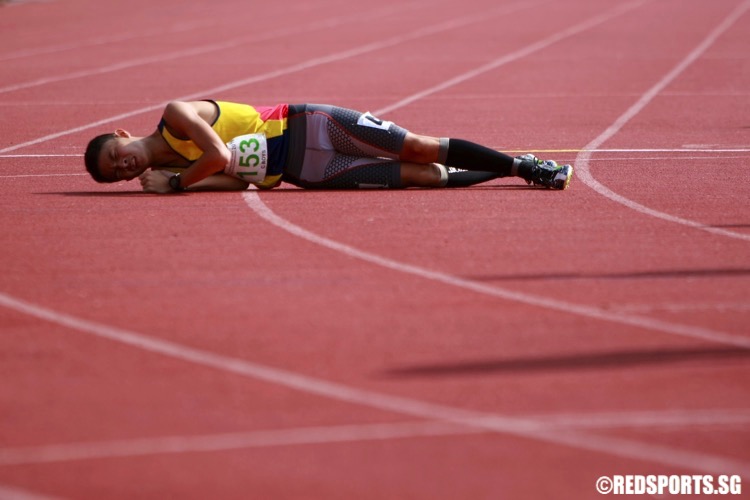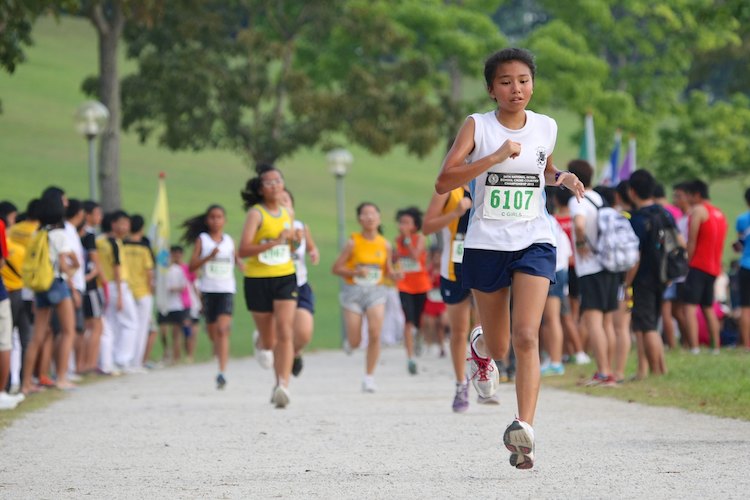By Cindy Tan, Physiotherapist, Back2Sports
We recently had the following question posed to us about arch supports for feet:
“Hi, I had thought you only needed arch supports for your feet if you have flat feet. I checked with the wet footprint test and found no sign of flat feet. But a friend recently said that he has heard of people without flat feet feeling better with arch support. Should I get one? What is there to support if you already have an ‘ok’ arch in your feet? I don’t get it. Please advise.”
This is a fairly common question, so we thought it would be useful to share the answer.
It’s a common misconception that only people with flat feet need arch-supports or foot orthotics. Before we clear up the misconception, it’s useful first to understand the two functions of foot orthotics – to re-align the foot and ankle bones, and to restore foot motion (foot biomechanics).
When a foot is walking or running, it goes through a sequence of motions. In an ideal situation, when your foot lands on the ground, it rolls inwards – pronates – on the big toe side with the arch flattening a little to absorb the shock of the foot-fall. As you begin your next step, your foot rolls back towards the center (in a neutral position) to allow you to push off from your toes, more or less evenly across all the toes. The series of illustrations below show how this might look.

When someone has flat feet, they tend to roll inwards too much when their foot lands on the ground. This is known as over-pronation. Because the foot over-pronates, it doesn’t roll back to the neutral position quickly enough as you begin to push off for your next step. This misaligned foot-fall affects the position of the lower leg, the knee, thigh and hip so that the force of your foot-fall is not absorbed in the best possible way. Some parts of your body like your lower back may bear more strain than it should, leading to back pain.
However, there are other reasons why someone over-pronates or why they are not able to return to a neutral position for the push-off phase – wrong gait, improper footwear, muscle imbalances in the leg, or even over-training where the muscles in the foot are exhausted and are unable to function properly.
Therefore, even though the wet footprint test shows no sign of flat feet, it does not necessarily indicate that you have normal foot motion or foot biomechanics. I would advise that you seek further assessment or do a gait analysis with a sports physician, physiotherapist or a podiatrist to determine if you need any foot orthotics fitted.
Back2Sports – Sports Injury Management is a division of the Core Concepts Group, a leading musculo-skeletal therapy specialist group in Singapore. For more information, visit www.Back2Sports.com.sg.







More of such articles are great for readers.Keep them flowing.